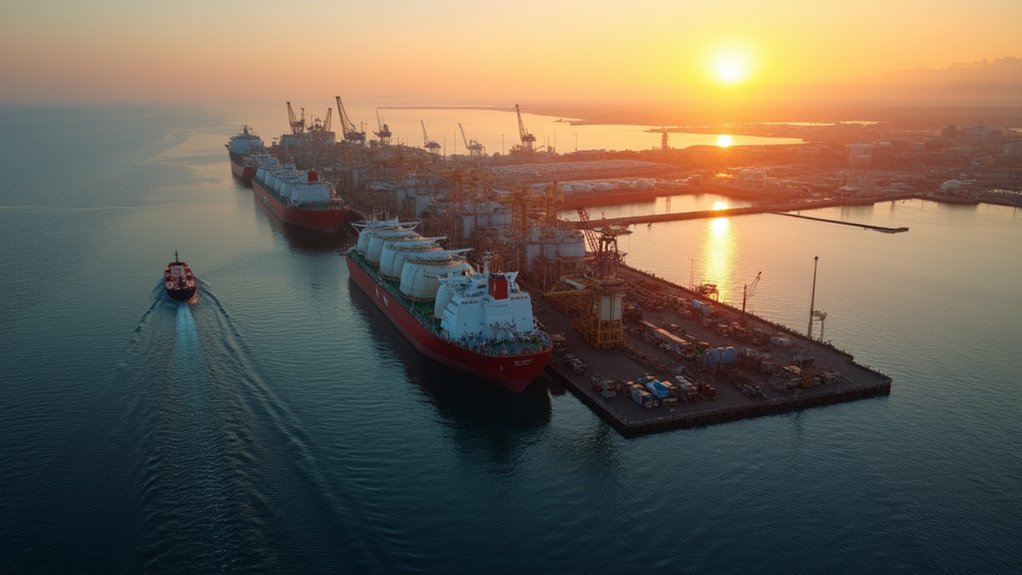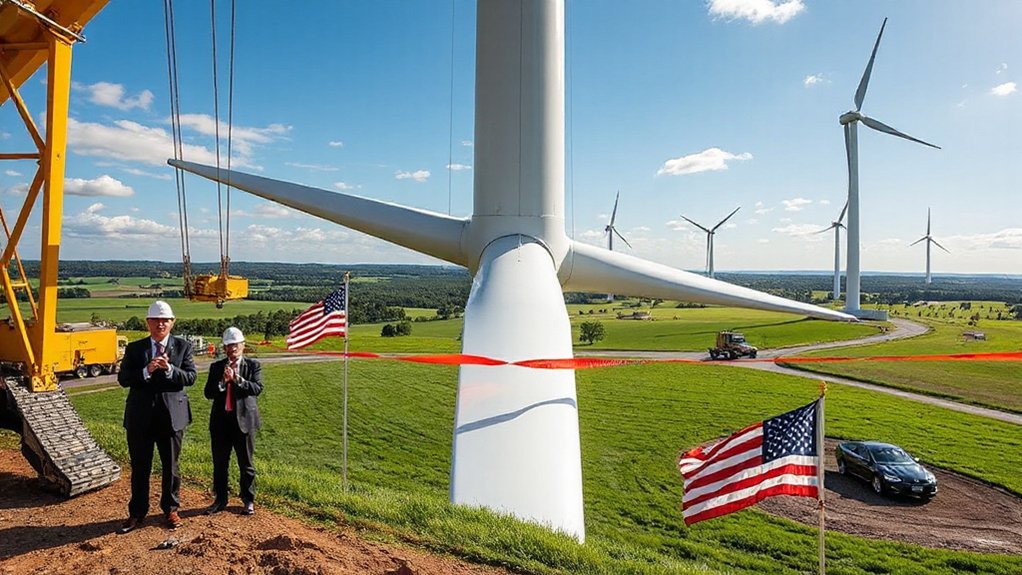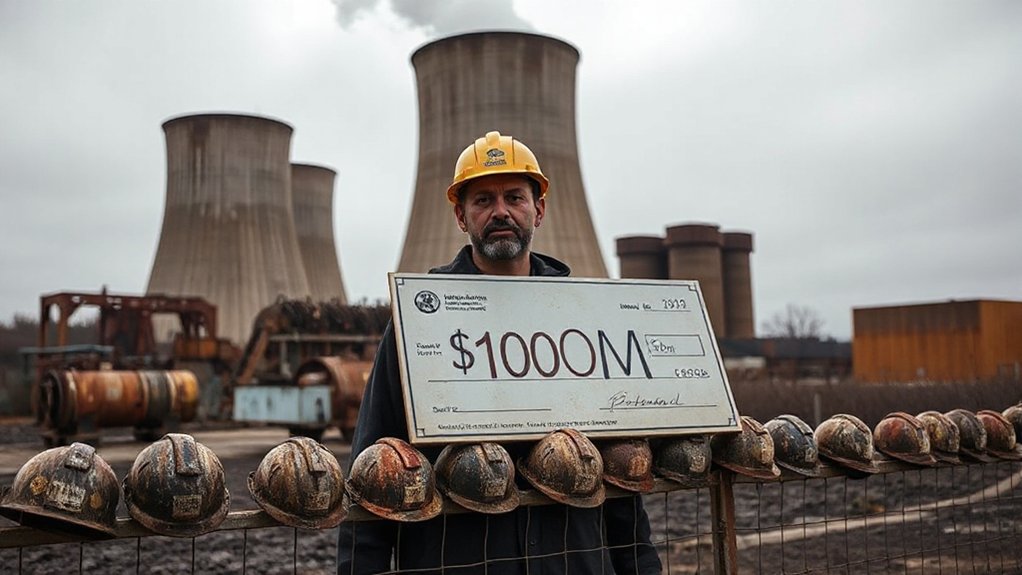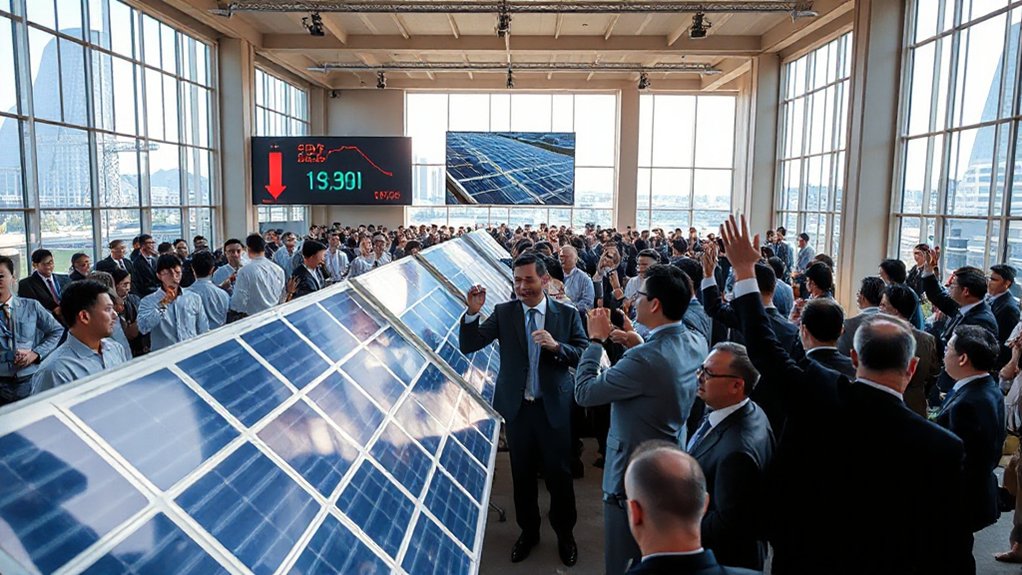China hasn’t bought U.S. liquefied natural gas for over 10 weeks. This boycott follows China’s decision to raise tariffs on American LNG from 15% to 49%. Meanwhile, Russia’s gas exports to China have increased considerably. The shift threatens America’s position in the global energy market and may impact future investment in U.S. export facilities. Industry experts wonder if this represents a temporary trade dispute or a permanent realignment that could reshape international energy partnerships.
As trade tensions between the United States and China intensify, the American gas industry is facing a significant challenge. China hasn’t purchased U.S. liquefied natural gas (LNG) for over ten weeks, with the last shipment arriving in early February 2025. This boycott follows China’s decision to raise tariffs on U.S. LNG from 15% to a prohibitive 49% in February.
The impact is substantial for U.S. gas exporters. In 2024, China imported about 4.16 million metric tons of U.S. LNG worth $2.4 billion, making the U.S. China’s fourth-largest LNG supplier. The current freeze mirrors a similar halt during the previous trade war, which lasted over a year.
Chinese customs data shows LNG imports from the U.S. were already declining sharply in the months before the formal tariff increase. The sudden drop in imports was particularly evident from November to January as reported by China’s customs agency. As the boycott continues, China is actively redirecting its energy purchases toward Russia. In 2024, China bought four times more LNG from Russia than from the U.S., and Chinese officials confirm they’re working to strengthen energy ties with Russian suppliers.
This shift creates uncertainty for planned U.S. LNG export projects. Without Chinese buyers, many exporters now struggle to secure the long-term contracts needed to finance new infrastructure. According to expert Anne-Sophie Corbeau, no new contracts for US LNG will likely be made with Chinese buyers in the current climate. Investment decisions for major projects may be delayed or canceled if the standoff persists.
The global LNG market is also feeling effects. The redirection of U.S. supplies initially meant for China could temporarily lower spot prices in Asia and Europe, potentially benefiting other buyers. However, the market remains tight overall.
Chinese companies are now reluctant to sign new deals with U.S. suppliers due to the unpredictable trade relationship. This hesitation comes at a critical time when U.S. LNG development depends on securing international commitments.
If the boycott continues, it could accelerate China’s economic decoupling from the U.S. energy sector while cementing a stronger Russian-Chinese energy alliance, fundamentally altering global gas trade patterns for years to come.









